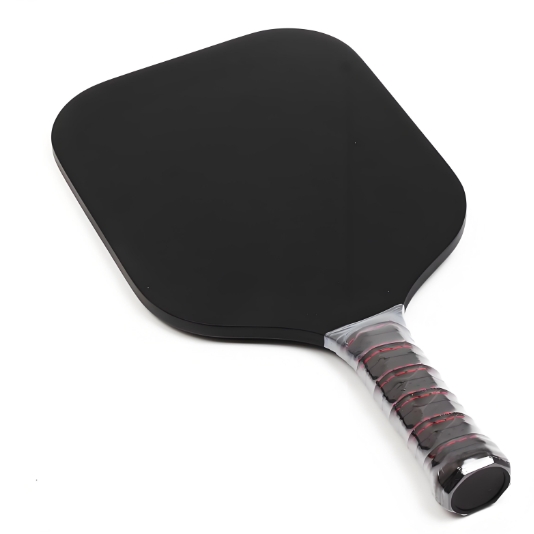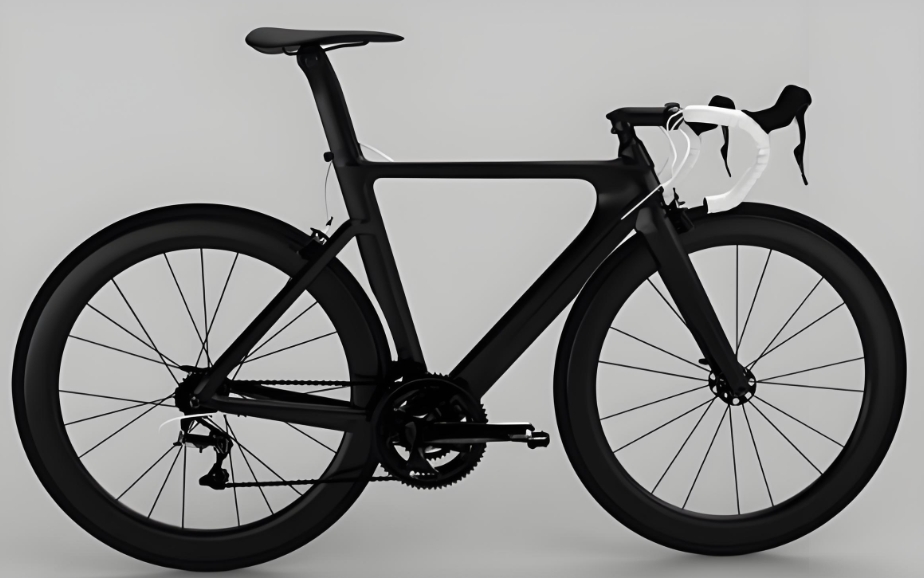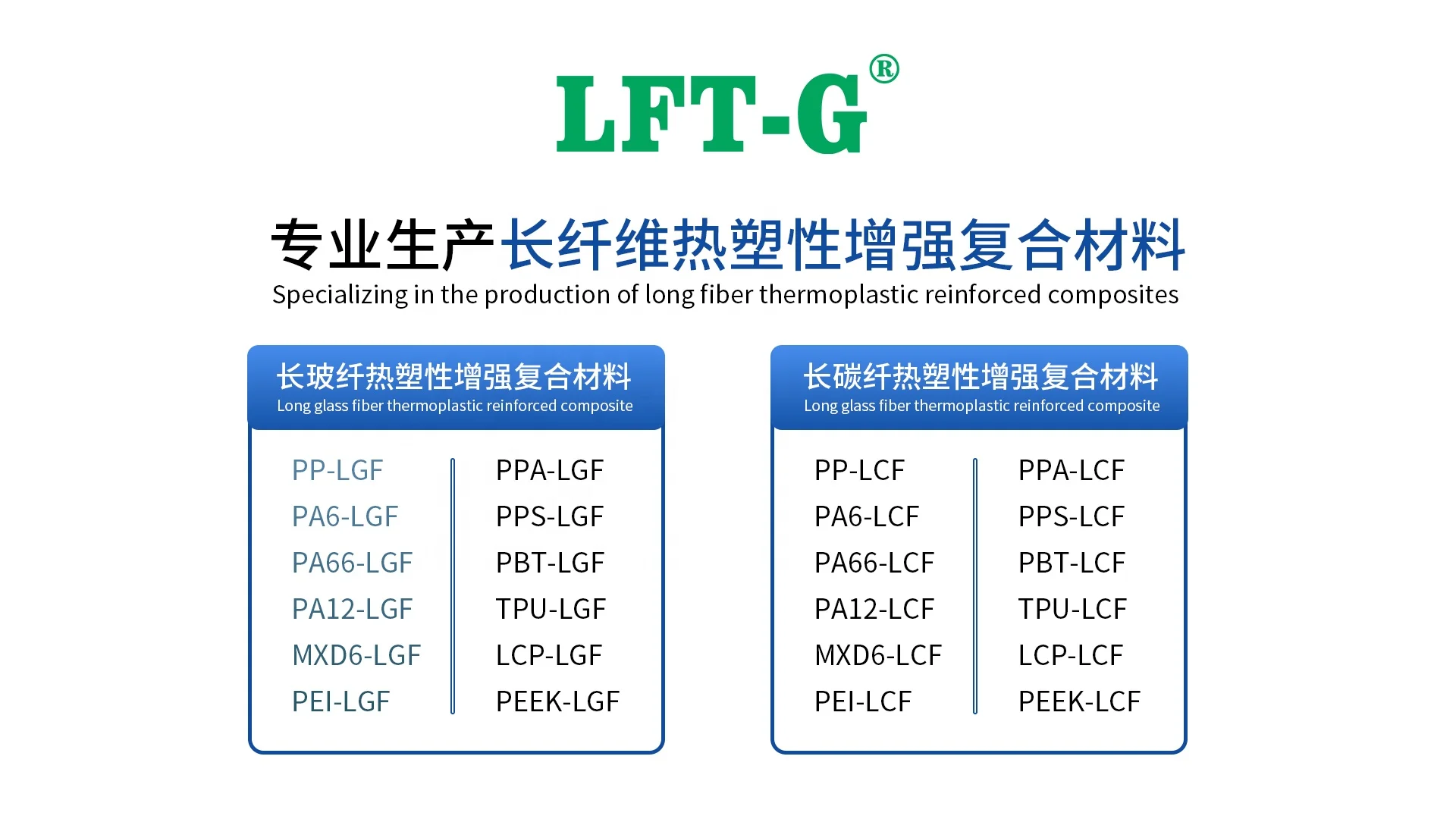
1. 소개
스포츠 장비의 시장 규모와 종류가 지속적으로 확대되어 국민의 건강과 여가 생활을 위한 선택의 폭이 넓어지고 있습니다. 동시에 복합 재료의 연구 및 응용 분야도 눈부신 발전을 이루어 각계각층에 혁신과 획기적인 발전을 가져왔습니다.
이 두 분야의 교차점에서 스포츠 장비용 복합재료의 수요와 동향을 탐색하는 것은 중요한 연구 주제가 된다.
스포츠와 피트니스에 대한 사람들의 열의가 지속적으로 높아지면서 스포츠 장비에 대한 수요도 다양화되고 개인화되는 추세를 보이고 있습니다. 전통적인 유산소 운동 장비부터 첨단 스마트 피트니스 장비까지 다양한 제품이 시장에 등장했습니다.
그러나 스포츠 장비의 지속적인 진화와 혁신으로 인해 소재 성능에 대한 요구 사항도 높아지고 있습니다.
동시에 복합재료의 연구와 응용도 큰 진전을 이루었습니다. 복합재료는 우수한 물성, 다양한 기능, 폭넓은 응용분야로 인해 많은 관심을 받아 왔습니다. 고강도 복합재료부터 경량 나노재료까지, 유연한 엘라스토머부터 내마모성 방식재료까지, 새로운 화학재료는 사회 각계각층에 혁명적인 혁신과 돌파구를 가져왔습니다.
본 논문에서는 스포츠 장비의 경량화, 고강도, 내마모성 및 내구성 요구 사항을 충족시키는 복합 재료의 잠재력과 응용 전망을 심도 있게 논의하여 업계에 수요에 대한 포괄적인 이해를 제공합니다. 스포츠 장비용 복합재료 동향 및 향후 연구개발에 유용한 참고자료를 제공한다.

2. 복합재료용 스포츠 장비 수요 분석
2.1 스포츠용품용 경량, 고강도 소재 수요
스포츠 장비의 무게는 선수를 운반하고 조종하는 데 매우 중요합니다.
장비가 가벼워지면 선수의 부담이 줄어들고 이동성과 유연성이 향상되어 경기력이 향상됩니다.
장시간의 스포츠 훈련 및 경기 시, 가벼운 장비는 피로를 줄이고 편안함을 높여 운동선수의 지구력을 향상시킬 수 있습니다.
또한, 스포츠 장비는 스포츠 활동 시 더 큰 힘과 충격을 견딜 수 있기 때문에 강도와 내구성이 높은 소재에 대한 수요가 높다.
고강도 재료는 더 큰 하중과 응력을 견딜 수 있어 장비의 변형 및 파손 위험을 줄여 장비의 신뢰성과 수명을 향상시킵니다.
2.1.1 적용사례
고성능 복합재료는 두 가지 이상의 서로 다른 종류의 재료를 조합하여 구성된 경량 재료입니다. 일반적인 복합재료로는 탄소섬유강화폴리머(CFRP)와 유리섬유강화폴리머(GFRP)가 있다.
이들 소재는 강도와 강성이 우수하면서도 가벼우며, 골프채, 자전거 프레임, 스노보드 등 고성능 스포츠 장비 제조에 널리 사용되고 있다.
테니스 라켓, 배드민턴 라켓, 탁구 라켓은 탄소섬유 강화 에폭시 복합재료로 제작되어 무게가 가볍고 강성 변형이 적어 공과 공의 접촉 시간의 편차를 줄일 수 있습니다. 라켓. 동시에 좋은 댐핑은 선수와 공 사이의 접촉 시간을 연장시켜 타격 공이 더 큰 가속도를 얻을 수 있도록 도와줍니다.
관련 연구에 따르면 테니스 라켓과 탄소 섬유 강화 에폭시 복합 재료로 만든 공 사이의 접촉 시간은 4.9ms에 달하며 이는 강철 라켓보다 거의 1ms 더 길어 테니스 공의 최대 초기 속도는 강철 라켓보다 약 16km/h 높은 161km/h에 도달합니다. 이런 방식으로 테니스 선수들은 더욱 뛰어난 스포츠 결과를 얻을 수 있습니다. 또한, 복합재료의 적용으로 라켓의 수명과 내구성이 대폭 향상되었습니다.
2.2 스포츠 장비용 내마모 및 내구성 소재의 수요
스포츠 장비는 사용 중에 지면, 코트, 도로 등의 표면과 접촉하는 경우가 많기 때문에 내마모 소재에 대한 수요가 높습니다.
내마모성 재료는 마찰과 마모에 효과적으로 저항하고 장비의 수명을 연장하며 외관과 성능의 안정성을 유지할 수 있습니다.
또한, 스포츠 장비는 훈련 및 경기 중에 잦은 충격, 응력, 변형을 받기 때문에 내구성이 뛰어난 소재에 대한 수요가 높습니다.
튼튼한 소재는 큰 힘과 충격을 견딜 수 있어 장비의 변형, 파손, 파손 위험을 줄여 장비의 수명을 연장하고 신뢰성을 향상시킵니다.
2.2.1 적용사례
고성능 폴리머는 내마모성과 내구성이 뛰어나 스포츠 장비 제조에 널리 사용되고 있습니다.
변성 폴리에틸렌 소재는 구기 및 수상 빙상 스포츠 장비에 널리 사용되어 스포츠 장비의 내충격성, 내열성 및 충격 흡수 특성을 보호하는 동시에 좋은 스포츠 경험을 제공하여 선수들이 안전하고 부상을 입지 않도록 보장합니다. .
고급 복합재는 다양한 재료의 장점과 높은 내마모성 및 내구성을 결합합니다. 예를 들어, CNT-PDA-탄소섬유 천/에폭시수지 복합재료는 내마모성이 뛰어나 마찰 및 마모 후에도 우수한 소수성을 유지할 수 있으며, 탄소섬유가 파손되더라도 에폭시수지 소재의 감쇠효과로 전반적인 불량을 방지할 수 있습니다. 재료; 탄소섬유의 존재는 또한 에폭시 수지의 균열이 계속해서 팽창하는 것을 방지할 수 있는데, 이는 스포츠 장비 제조에 있어 보기 드문 장점이다.

3. 스포츠용품 복합재료 동향 분석
3.1 스포츠 장비 혁신과 기술 발전의 영향
스포츠용품의 기술혁신은 신소재 수요를 촉진하고 선도하는 역할을 해왔다.
스포츠 장비의 지속적인 기능 향상과 사용자 요구의 변화에 따라 물성에 대한 요구사항도 높아지고 있습니다.
신소재의 개발 및 적용은 차세대 스포츠 장비의 요구를 충족시켜 더 높은 성능, 더 나은 안전성 및 더 나은 사용자 경험을 달성할 수 있습니다.
동시에 탄소 섬유 에폭시 수지 복합 재료는 공정 사용 시 독성 및 유해 물질을 휘발하거나 방출하지 않으며 재료 회수가 편리하며 가공 및 활용, 원료 및 생산을 다시 재활용할 수 있습니다. 가공비용이 높지 않으며, 경제적 이익이 명백하다.
3.2 스포츠 장비 분야에서 복합재료의 응용 전망
3.2.1 복합재료 개발 및 스포츠 장비 응용에 미치는 영향
복합재료의 개발과 응용은 스포츠 장비에 혁명적인 영향을 미쳤습니다.
첨단 재료과학과 공학 기술의 도입을 통해 스포츠 장비는 경량화, 강도 향상, 내충격성, 내마모성 및 내열성 측면에서 획기적인 발전을 이루었습니다.
경량 신소재를 적용하여 스포츠 장비를 더욱 가볍고 유연하게 만들어주며, 우수한 강도와 강성을 제공합니다.
탄소섬유복합재료, 고강도 폴리머 등 신소재는 자전거, 골프채, 스노보드 등 장비 제조에 널리 사용되어 스포츠 장비의 성능과 핸들링을 크게 향상시킨다.
소재의 품질을 낮추는 것은 스포츠 장비의 기능 확보를 바탕으로 선수의 체력 소모를 줄이고 환경 저항을 줄여 선수의 경기력을 더욱 향상시키는 데 도움이 된다. 예를 들어 20km 도로자전거 경주에 사용되는 자전거의 질량이 1kg 감소할 때마다 최종 성능이 20~30초 향상될 수 있다.
충격 방지 소재의 개발로 스포츠 장비의 안전성이 크게 향상되었습니다. 스키, 서핑, 축구와 같은 스포츠는 고강도 충격력을 동반하는 경우가 많으며, 폴리머 소재와 같은 새로운 충격 저항 소재는 충격력을 효과적으로 흡수 및 분산시켜 선수를 부상으로부터 보호할 수 있습니다.
또한, 일부 스포츠 장비는 내열 소재를 적용해 고온 환경의 모터스포츠 등 극한 상황에서도 사용할 수 있다. 동시에 방수재료의 개발로 수상스포츠 장비의 성능이 향상되었으며, 내마모성 재료의 적용으로 장비의 수명이 연장되었다.
따라서 스포츠 장비용 복합 재료의 개발 및 적용은 경량화, 강도 향상, 내충격성, 내마모성, 고온 저항 및 기타 혁신을 가져오고 스포츠 장비의 성능과 안전성을 향상시키며 선수에게 더 나은 경험과 성능 기회를 제공합니다. 스포츠 분야의 발전과 발전을 촉진한다.

3.2.2 스포츠 장비 제조에 있어서 복합재료의 잠재적 응용분야와 기회
복합재료는 스포츠 장비 분야에서 폭넓은 응용 가능성을 가지고 있습니다.
복합재료의 개발 및 응용을 통해 스포츠 장비의 성능, 안전성, 환경적 성능을 향상시킬 수 있다.
스포츠 장비 제조에 있어서 복합재료는 경량 소재, 유연성 소재, 고강도 소재, 친환경 소재 분야에 적용되어 편안함, 내구성, 안전성 및 환경적 성능에 대한 사용자 요구를 충족시킬 수 있습니다.
이러한 응용 분야와 기회는 스포츠 장비 분야에서 복합 재료의 지속적인 혁신과 개발을 촉진할 것이며, 그 중 일부는 여기에서 분석됩니다.
스포츠 장비 제조에 있어서 경량 소재는 매우 중요한 의미를 갖습니다. 복합재료의 개발은 더 가볍고 강한 재료를 제공하여 장비의 무게를 줄이고 휴대성과 사용 편의성을 향상시킬 수 있습니다. 편안함과 유연성에 대한 사용자의 요구를 충족시키기 위해 유연성과 신축성이 높은 소재도 제공됩니다.
스포츠 장비 제조에 있어서 고강도 소재는 장비의 내구성과 안전성을 높이는 데 매우 중요합니다.
복합 재료의 연구 개발은 내마모, 충격 방지 및 기타 스포츠 장비 제조의 성능 요구 사항을 충족하는 고강도 및 고인성 재료를 제공할 수 있습니다.
친환경 소재의 적용은 지속가능한 발전과 환경보호를 위한 사회의 요구를 충족시킵니다. 복합재료의 연구개발은 스포츠 장비가 환경에 미치는 영향을 줄이고 지속가능한 발전 목표를 달성할 수 있는 분해성 재료, 재활용 가능한 재료, 저독성 재료 등을 제공할 수 있다.
